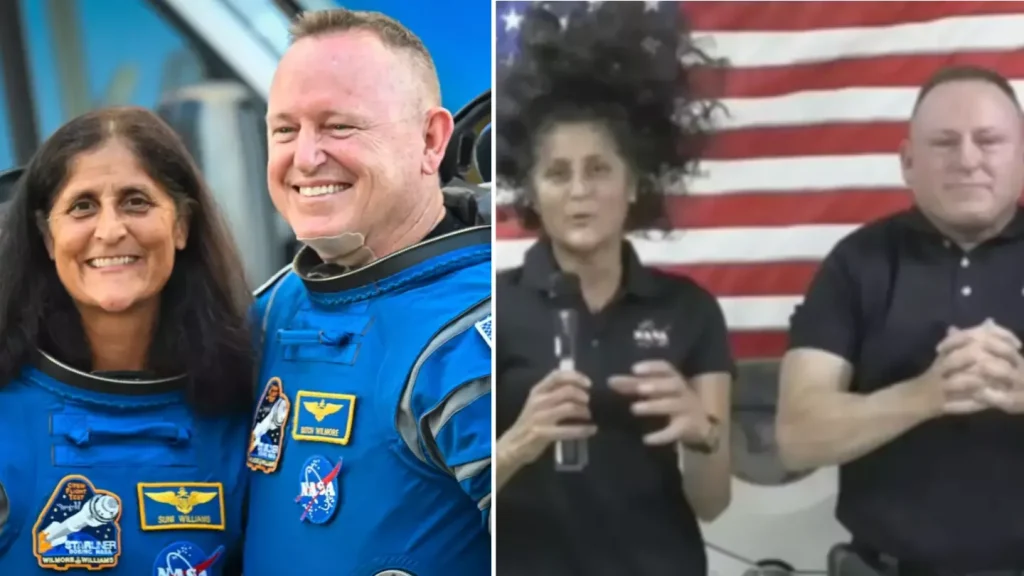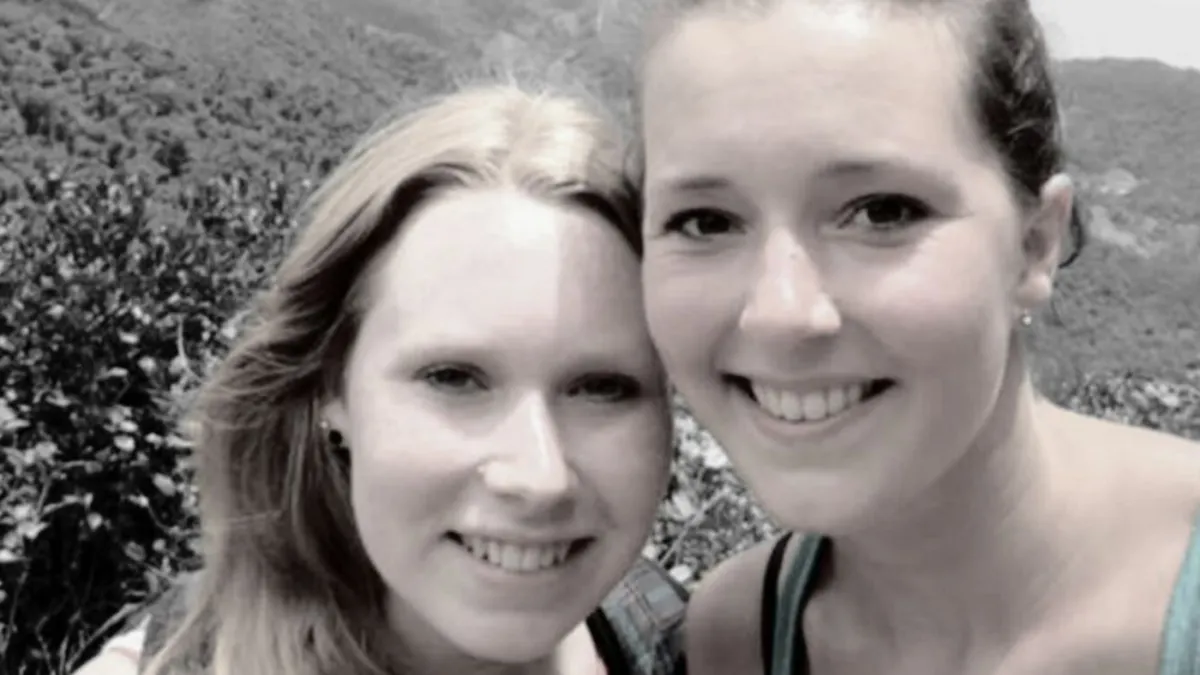A crucial space-based event occurred when a SpaceX Crew Dragon capsule accomplished its mission of docking with the International Space Station (ISS) while transporting new astronauts to their destination.
The Crew-10 mission successfully brought its spacecraft to the ISS at the beginning of Saturday morning to further advance commercial space exploration.
On March 14 NASA launched Crew-10 from their Kennedy Space Center site towards the International Space Station where it required a 29-hour flight duration before ISS docking occurred at 12:04 AM EDT.
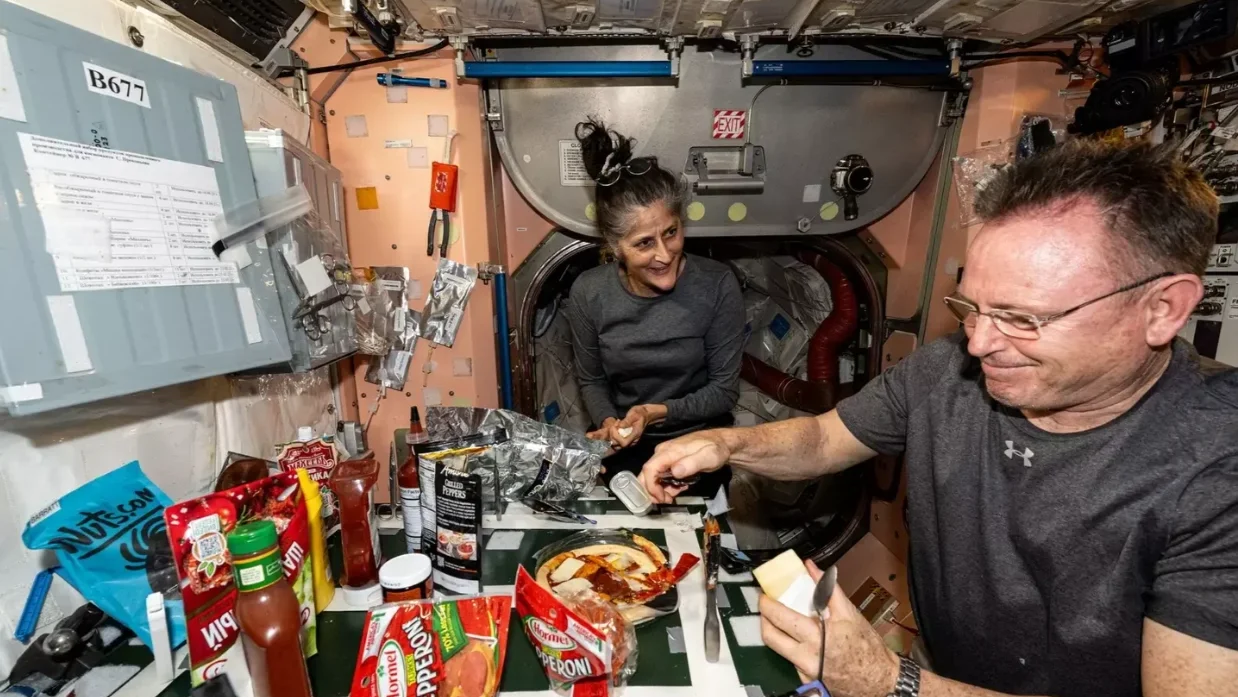
The space station received four astronauts on its mission who joined the team including NASA astronauts Anne McClain and Nichole Ayers alongside Japanese astronaut Takuya Onishi and Russian cosmonaut Kirill Peskov.
Their mission constitutes both experienced astronauts alongside untested crew members who advance international space cooperation worldwide.
Being back in space was a highly important milestone for NASA astronaut Anne McClain. “You can hardly even put it into words… orbiting the Earth for the last couple of days, it has been absolutely incredible,” she said.
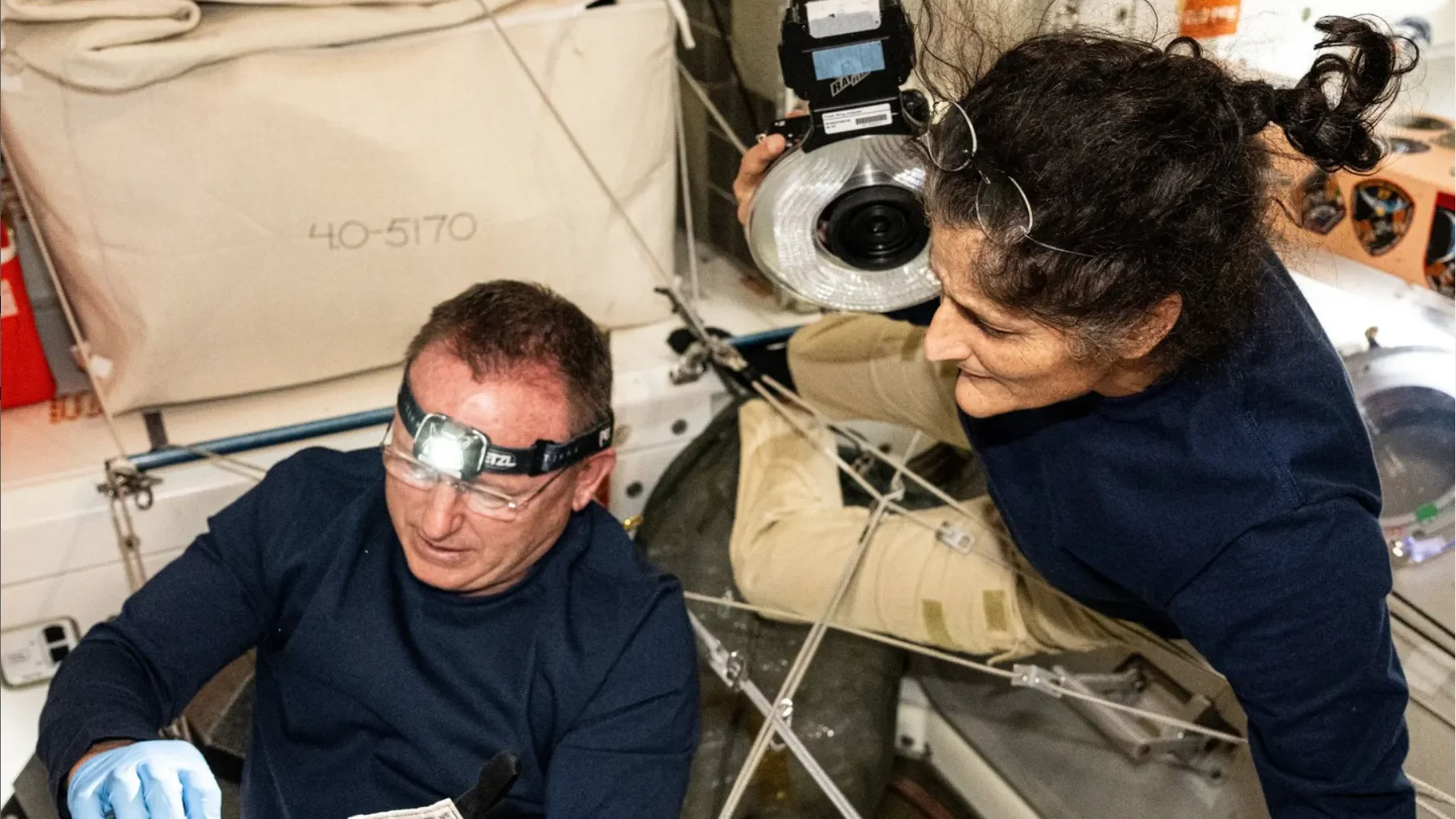
SpaceX technology continued to demonstrate its reliability when Endeavour the Crew Dragon capsule finished its docking operation successfully without human supervision.
The station’s existing crew greeted their new arrival through the hatch to start a new period of intense operations on the ISS.
NASA pursues this mission under ongoing space collaboration with SpaceX to sustain astronaut operations and research flights into space.
More significant than the new arrivals at this docking process lies its profound value.
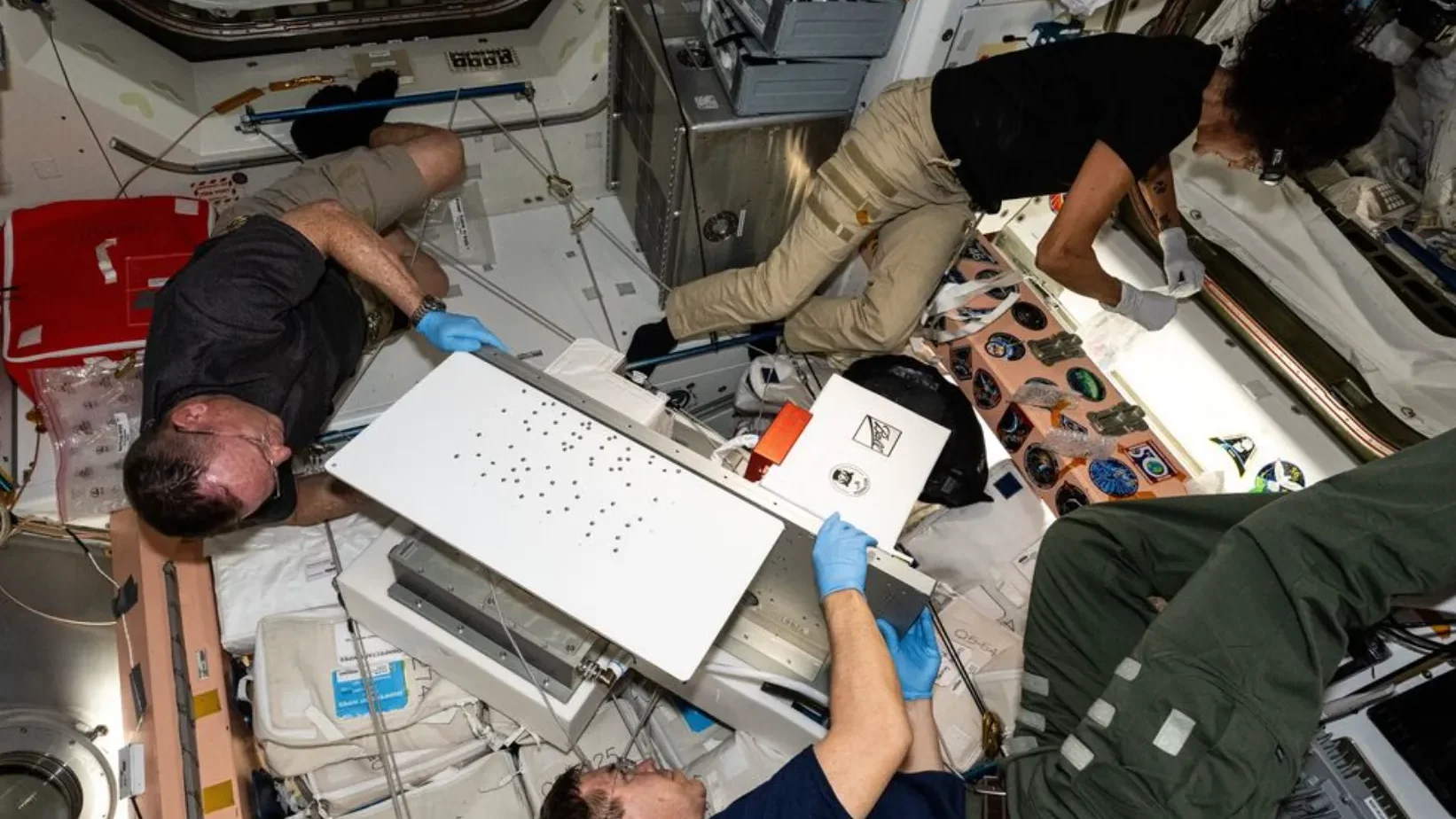
For months, NASA astronauts Sunita “Suni” Williams and Barry “Butch” Wilmore have remained aboard the ISS far beyond their original mission schedule.
The couple was supposed to depart Earth in 2024 after their quick ISS stay.
Multiple technical issues with Boeing’s Starliner capsule caused Boeing to have to keep the astronauts indefinitely because they could not return them to Earth.
The unplanned mission extension required them to endure a prolonged spaceflight duration than they had anticipated because spaceflight presents several physical health difficulties.

Human spaceflight extends beyond periods which weakens bone density and reduces muscle mass and affects bodily functions such that returning to Earth becomes a significant life transition.
Despite their unusual circumstances the astronauts paid attention to their responsibilities by participating in scientific studies while helping maintain the ISS.
Publicly they received recognition for their ability to adjust but their families suffered from the long-duration mission.
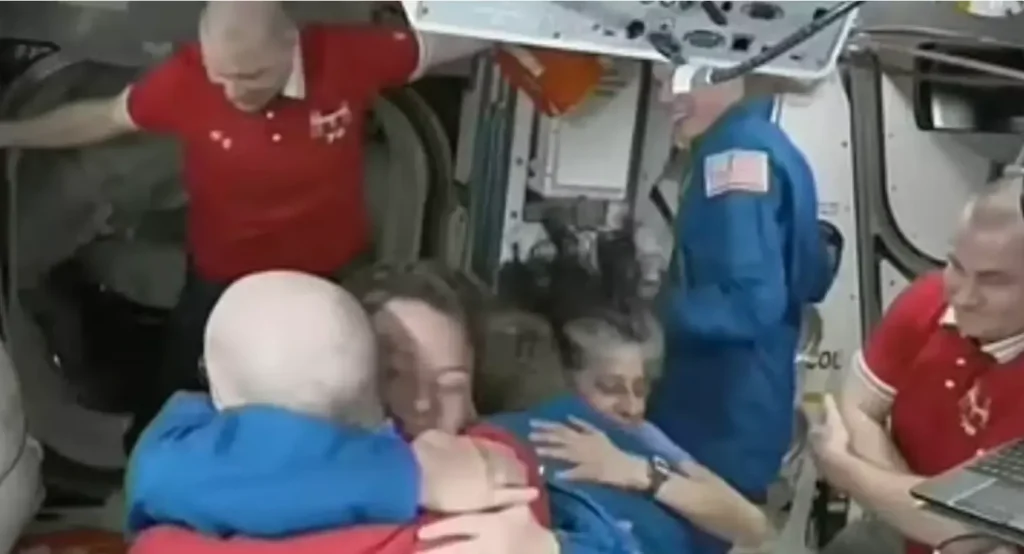
Williams acknowledged that their experience during space station confinement produced a significant emotional ride affecting their families to a greater extent than it did hers.
Both astronauts experienced no health issues and NASA flight surgeons performed regular medical checks.
The ISS now holds Crew-10 members to begin the moment that everyone has been anticipating.
NASAs Wilmore and Williams together with Nick Hague and Aleksandr Gorbunov will exit the space station on March 19.

Their space mission reaches its termination after this extended unprecedented chapter because their flight home is approaching its conclusion.
The astronauts need intensive rehabilitation because they spent about one year in space rather than the originally planned short stay before they can regain their strength in Earth’s gravitational pull.
Their delayed homecoming marks a major achievement in human spaceflight because it showcases the exceptional strength together with adaptability of people who explore outer space.

